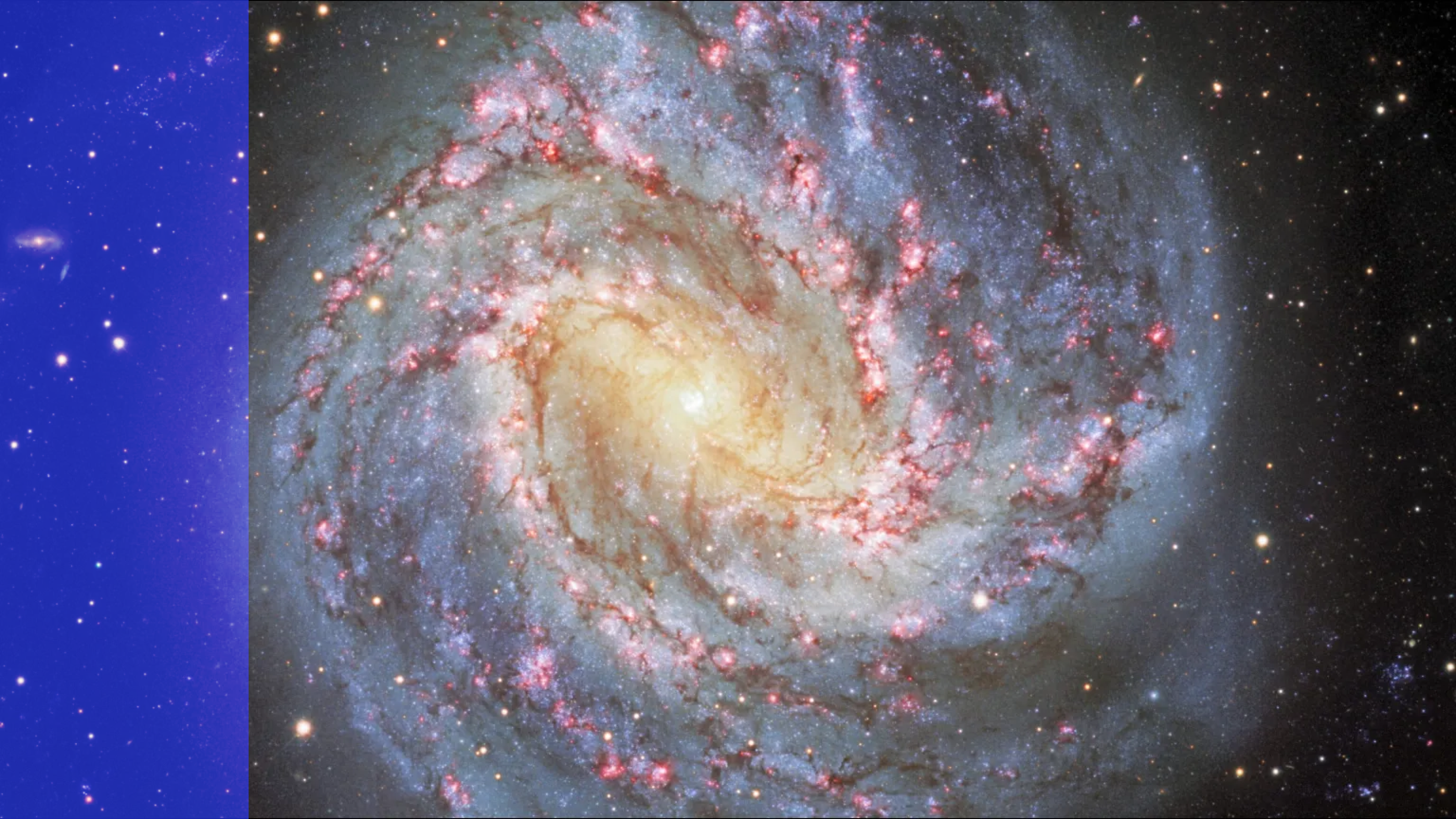Neutrino physicists are ready and waiting, hoping that one of these days a supernova will explode somewhere in our galaxy, the Milky Way.
Ray Jayawardhana: Neutrinos are a type of elementary particle. In fact, they’re the most common type of matter particle but they don’t interact very much with the environment. That means they’re hard to pin down. So as we’re sitting here trillions of these particles are zipping through our bodies and there’s nothing we can do about it. And there’s a small chance – maybe 25 percent chance that over the course of a person’s lifetime there’ll be one interaction of one neutrino with an atom in your body but luckily these particles don’t cause any harm and they don’t leave any trace as they pass through our bodies right through the Earth and vast distances across the universe. So they really are ghostly elusive bits of matter that are produced often when nuclear reactions happen – for example, in the core of the Sun or in a nuclear reactor on Earth as well as when a massive star explodes at the end of its lifetime as a gigantic supernova explosion.
Back in 1987 this massive star exploded at the end of its life in a satellite galaxy of the Milky Way. And when that happened astronomers starting with a couple of observers based in Chile happened to notice this star suddenly brighten pretty much overnight. And they realized that something was going on and indeed it continued to brighten and was quickly recognized as a supernova explosion, the nearest one that we know about in some 400 years – pretty much since the invention of the telescope. So that made it a big deal. And yet it was not quite in our galaxy and our neutrino detectors back in 1987 were just sensitive enough that three different neutrino detectors around the world registered a total of a couple of dozen particles.
So just two dozen events that were recorded – two dozen neutrinos coming from this massive explosion really allowed us for the first time to confirm the physics of what happens when a star explodes at the end of its life. Because these particles don’t interact with much they can escape from the site of mayhem – basically from the core of the explosion unhindered and reach us and therefore confirm directly what’s going on there. So the energies of the neutrinos that were detected, for example, were consistent with the predictions that astrophysicists had for supernova explosions. So that allowed them to sort of confirm some basic overall facts about what a supernova explosion entails.
Now when a massive star explodes at the end of its life it could either collapse into a black hole, collapse all the way into a black hole or it could halt at what we call a neutron star, a ball of neutrons and that’s it, that’s the end product. And if the neutrino flux fades away slowly that suggests that it turned into a neutron star. Whereas if it cuts off very sharply that would tell us that the star collapsed all the way into a black hole.
Now neutrino physicists are ready and waiting, hoping that one of these days a supernova would explode somewhere in our galaxy, the Milky Way. Even if it’s on the far side of the Milky Way and we might not see it because the stellar dust obscures the visible light, the neutrinos would still get through. So the neutrino detectors would observe that supernova has occurred even if our optical telescopes don’t.
Directed/Produced by Jonathan Fowler, Daniel Honan and Dillon Fitton





